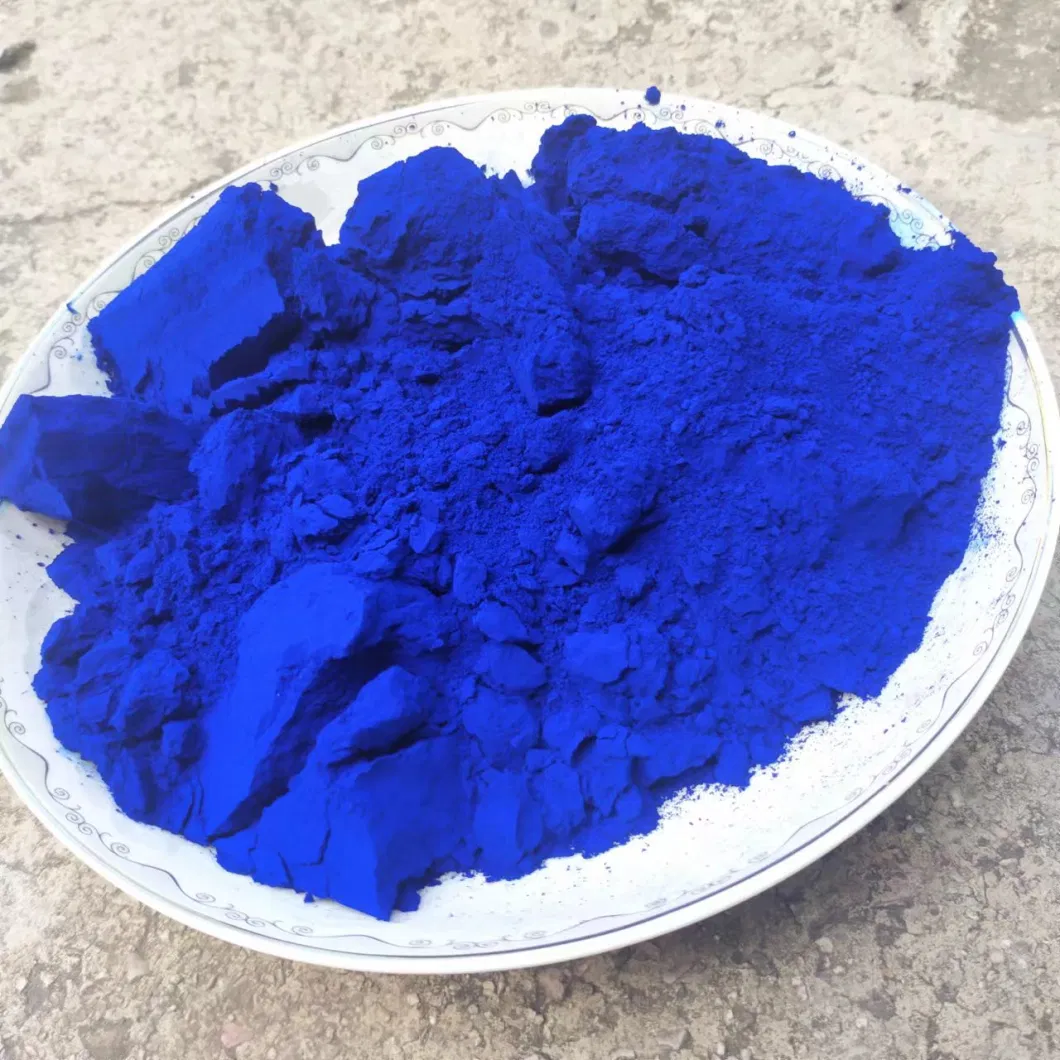Basic Info.
Model NO.
Z CAS 482-89-3
Application Material
Natural Silk
Name
Indigo
Content
100%
C.I.No.
Indigo
Transport Package
25kg
Specification
1kg 25kg
Trademark
Deshang
Production Capacity
2000t
Product Description
Indigo is a vat dye with a history of more than 3,000 years. Xun Kuang's famous saying of the Warring States Period, "Blue, comes from blue and is better than blue" originated from the indigo dyeing technology at that time. "Qing" here refers to cyan, and "blue" refers to the blue grass from which indigo is made. Before the Qin and Han Dynasties, the application of indigo was quite common.
Physical and chemical properties: blue powder.
It has poor light resistance and heat resistance, and is unstable to citric acid, tartaric acid and alkali. 1g is soluble in about 100ml of water at 25°C. Its solubility in water is lower than other synthetic edible pigments. A 0.05% aqueous solution is blue.
Usage: Mainly used for dyeing cotton yarn and cotton cloth. It can also be used for wool and silk, and is used in carpets and handicrafts.
Molecular formula: C16H10N2O2 Molecular weight: 262.26
Including industrial grade and food grade. It is used as a food colorant at the food level. Our country stipulates that it can be used in red and green silk, and in juice (flavor) drinks, carbonated drinks, prepared wine, candies, etc.
Industrially, it is mainly used for dyeing cotton yarn and cotton cloth, and is the main dye for dyeing blue denim. Also used for dyeing wool and silk and manufacturing lakes and organic pigments.
Advantages: high concentration, few impurities, good stability, not easy to fade; bright and bright color.



Physical and chemical properties: blue powder.
It has poor light resistance and heat resistance, and is unstable to citric acid, tartaric acid and alkali. 1g is soluble in about 100ml of water at 25°C. Its solubility in water is lower than other synthetic edible pigments. A 0.05% aqueous solution is blue.
Usage: Mainly used for dyeing cotton yarn and cotton cloth. It can also be used for wool and silk, and is used in carpets and handicrafts.
Molecular formula: C16H10N2O2 Molecular weight: 262.26
Including industrial grade and food grade. It is used as a food colorant at the food level. Our country stipulates that it can be used in red and green silk, and in juice (flavor) drinks, carbonated drinks, prepared wine, candies, etc.
Industrially, it is mainly used for dyeing cotton yarn and cotton cloth, and is the main dye for dyeing blue denim. Also used for dyeing wool and silk and manufacturing lakes and organic pigments.
Advantages: high concentration, few impurities, good stability, not easy to fade; bright and bright color.



